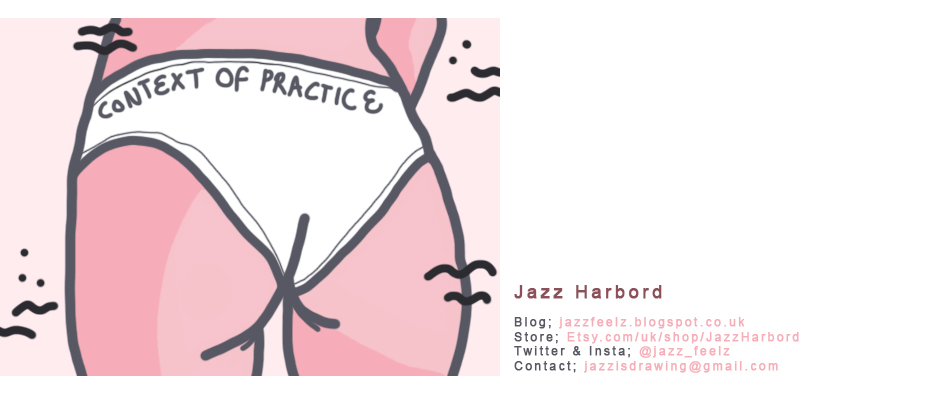Picture taken from my instagram; HERE
Trip to Leeds
I recently made a trip back to Leeds for a few days, as I was a little stressed about my dissertation and felt going into uni to do some work and spend some time in the library would do me some good. It was while there I saw Aidan, a friend from Fine Art who I hadn't seen over Summer. Somewhere into our catch up we got onto the subject of dissertations, and I began explaining the research I'd undertaken so far the the possible avenues I could go down for a more specific question, and it was at this point I realised how completely VAGUE my ideas so far are. And though I've been considering and asking lots of questions, I haven't actually focused down my idea at all, quite the opposite actually. I've just expanded it up.
Cue dissertation meltdown before it's even started.
During this epiphany of "I don't know what I'm doing and now I'm really stressed about it" Aidan very cooly said to me "Jazz, just do sad girls and zines." And though a very off the cusp remark, what he'd said actually strung a chord with me. I complained that it was too different to my original idea, but in the library I couldn't shake the idea from my mind.
A lot of my work is quite evocative, and sad lonely girls often feature in a lot of my personal work. It's become something of a motif of mine, exploring the world of sad girls is something I've found to come instinctual to my practice, it's a form of authentic expression, as I can draw a lot of it from myself. I am a girl, and sometimes I get sad too.
Zines are also something that I feel have had a massive impact on my personal practice. Before LCA I was completely unaware of their existence, and being exposed to this entirely new context my illustration can sit it has been amazing. They've subtly fed into a huge number of my projects this year, and their DIY hand crafted qualities are something that really speak out to me as an artist.
That still left me a little stuck however, as these two themes seemed a world away from the research I was already undertaking. That was however until Aidan mentioned the word RIOT GRRRL.
Focus, Fems & Zines
The Riot Grrrl scene gave me a way of making sense of my two seemingly polar ideas. It showed me how I could utilise the research I'd already done to date and focus it with the Riot Grrrl element to produce a project that would be interesting and beneficial to my own practice.
Throughout the Riot Grrrl scene, a huge number of zines were produced within the movement. A large majority of these made as a collaborative effort between like minded women. Collectives of women, if you will, with shared personal politics. This fit perfectly into the research I'd been doing so far, only it gave it come context; something focused and solid to read into.
I finally feel as though my dissertation research is beginning to narrow down with a clearer theme in mind. I'd like to explore the past world of Riot Grrrl and zines, but I'd also like to look at what's happening NOW. What female contemporary collectives are still producing zines? And why? What role do illustrators play in this whole process? My questions are finally focused and therefore my research can be too!




